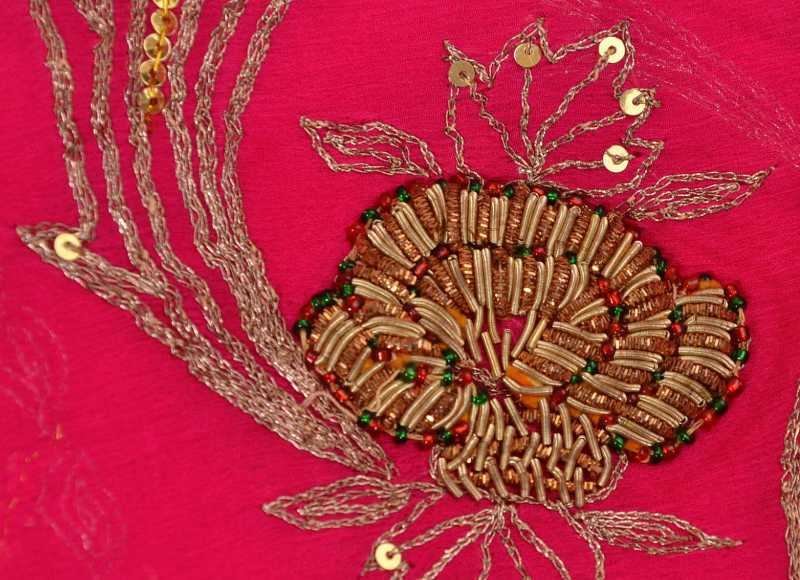===
0851,
7
===

=== |
 |
chalnā : 'To move, stir; to go, proceed; to depart; to walk, travel; to flow, run (as a stream, a pen, &c.); ... to set out, to start; to begin, be begun, be introduced; to pass (as coin), to be current, be in vogue, be in operation, be in force; to walk ...; to go on well, to flourish, thrive (as a business, &c.); to progress, advance; to go beyond, to exceed (due bounds); to go on, continue (from some past time), be transmitted or handed down; to last, endure'. (Platts p.439)
var : ' (contrac. of va agar ), conj. And if'. (Platts p.1185)
havā ho jānā (of which havā honā is a variant: 'To fly with the velocity of the wind; to run with the wind; — to scamper off, to vanish, disappear'. (Platts p.1240)
kis : 'The formative of the oblique cases of the sing. of the interrog. pron. kaun , 'who,' &c.' (Platts p.832)
FWP:
SETS == MUSHAIRAH; PARALLELISM; REPETITION
MOTIFS
NAMES
TERMS == RHYMEThe first line consists of two halves with parallel structure and internal rhyme, and a repetition so intense that four of its eleven words consist of hai . Naturally enough, it's impossible to tell exactly what's being said about what. In true mushairah-verse style, the verse remains uninterpretable until the last possible moment, when (under mushairah performance conditions) we're finally allowed to hear lagāʾiye dil .
An enjoyably subtle touch is the use of kis , which is normally the oblique of kaun , 'who', while kis chīz or kis bāt would be used for the oblique of kyā . Since both the entities mentioned in the first line are non-persons, the effect is a subtle wafting into the verse of the thought of the beloved.